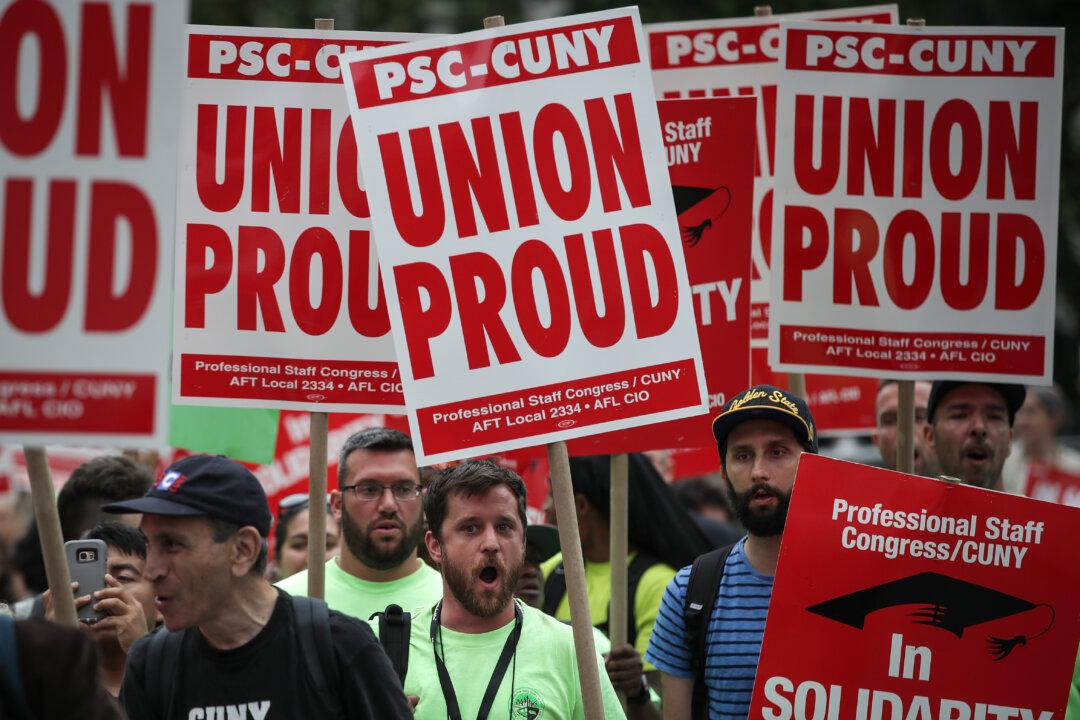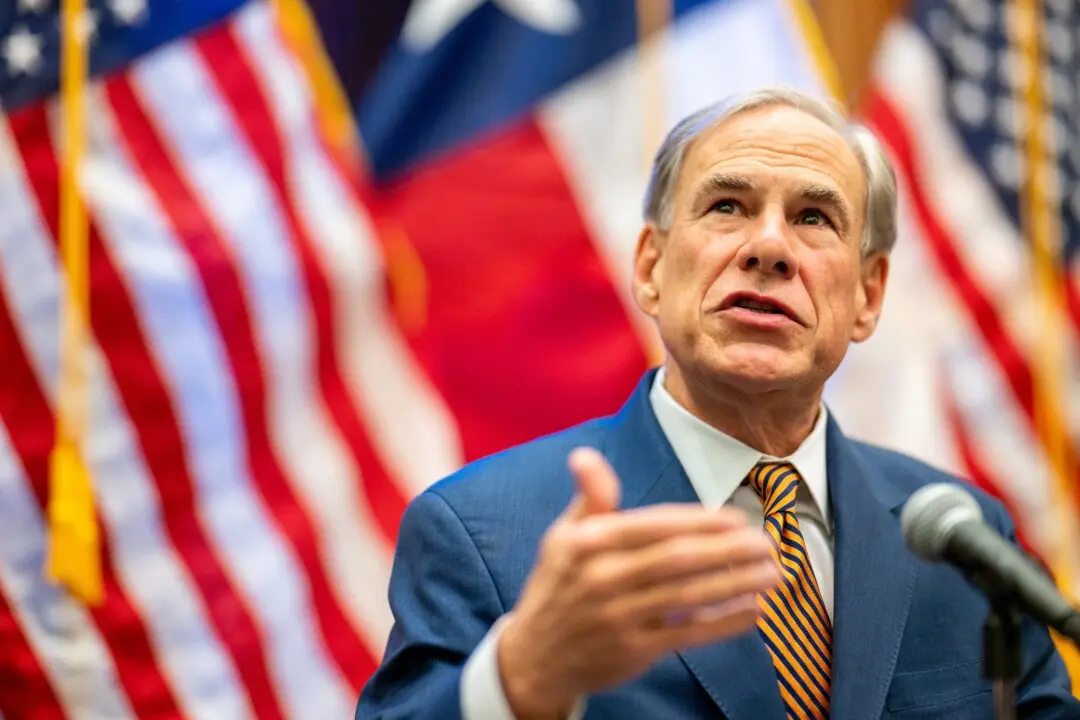Labor union membership in the United States has declined since a landmark 2018 Supreme Court ruling took away organized labor’s power to force public-sector employees to pay fees even when they refuse to join the union, according to a new report.
The data was included in The State of the Unions 2020, a report by researchers from the University of Illinois–Urbana-Champaign, the University of California–Irvine, and the left-leaning Illinois Economic Policy Institute.





